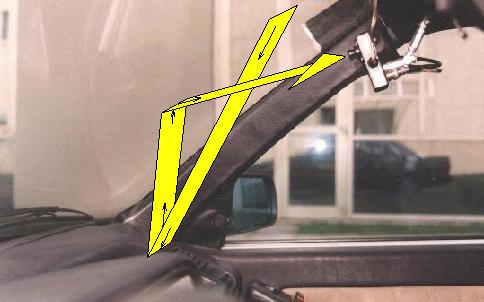Environmental ConditionsDuring the six days test, the behavior of the system with respect to various environmental conditions has been evaluated. The schedule and track have been chosen to pass through different areas, with different morphological characteristics: from flat areas (Parma, Piacenza, Torino, Milano, Verona, Padova, Ferrara, Bologna), to steep areas of the Appennini (Pescara, L'Aquila, Roma, Firenze, Bologna), to areas with heavy traffic (Roma's, Torino's and Milano's rings), inevitably encountering stretches of highway with road works, bad horizontal lane markings, narrow roads and deroutes. Moreover, the different weather conditions (in particular the light conditions) showed the robustness both of the approach and of the image processing algorithms. In fact, the system was always able to extract the information for its navigation even in difficult light conditions, with the sun in front of the cameras, high or low on the horizon, during the evening as well as during the day, with high or low contrast. During the night the behavior of the system is improved by the absence of sun light reflections and shadows, while the area of interest is constantly illuminated by the car headlights. One of the problems, which is now being solved with shadowing devices, was the reflection of the light on the internal surface of the windscreen, as shown in figure 2. Figure 3 shows some typical effects of this reflection.
During the navigation the system locks the right lane marker, hence the overcoming vehicles do not occlude its visibility. This choice, however, is critical in the complex situations of the highway exits, where two lines are present, a continuous one for the exit and a dashed one for the lane. In such cases the user is expected to press a button in order to choose the behavior: exiting or keeping the vehicle inside the lane. Finally, the system showed to be surprisingly robust despite the high temperatures: sometimes the system worked with an external temperature of 35 degrees centigrade, without air conditioning.
|

